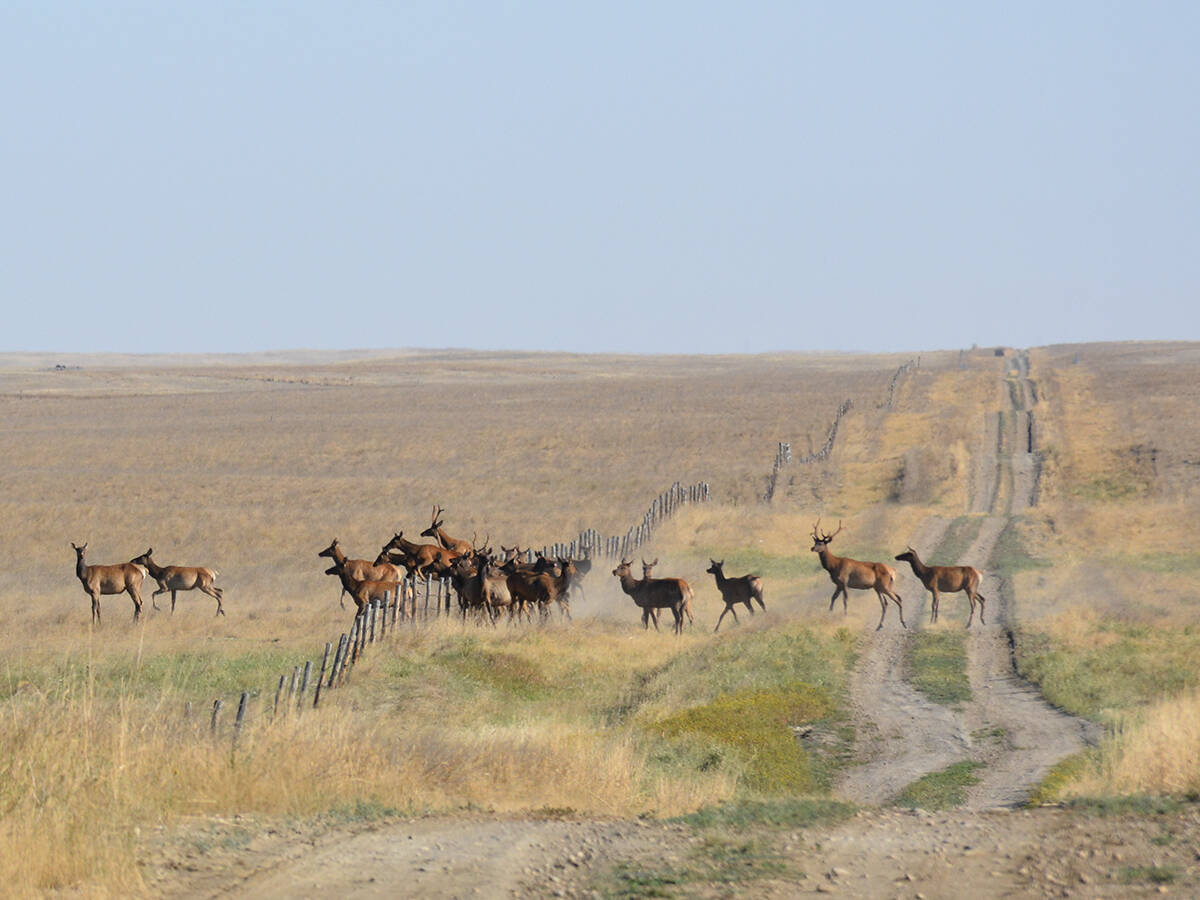SASKATOON — China’s grain purchases are way down, and the long-term outlook is not promising, says an analyst.
The country purchased just over 20 million tonnes of wheat, corn, barley and sorghum last year and is expected to buy about the same amount in 2025-26.
That is well below the 60 million tonnes purchased in 2021-22 and nearly the same amount in 2023-24.
Read Also

Planned elk hunt in Saskatchewan draws concern
The announcement of an antlerless elk hunt for one week in November has raised concerns among both Saskatchewan hunters and conservationists.
“As an analyst based in China, I have been asked this question many times — why has China stopped buying?” Julia Zhang, market analyst with Argus Media, said during a recent webinar.
One of the main reasons is that China’s own wheat and corn production hit record levels in 2023-24.
Corn production is set to hit a fresh new high in 2025-26 of 295 to 298 million tonnes.
When domestic production is high China tends to control imports by how it manages its annual tariff rate quotas for wheat and corn, which are 9.6 million tonnes and 7.2 million tonnes respectively.
Import duties are one per cent in quota and 65 per cent out of quota.
“If buyers do not have quota, it is nearly impossible for them to make any deals,” she said.
Another limitation is China’s bounded zones, which are special customs zones that allow imported goods to be stored, processed or re-exported without immediate duty payments.
“Processors in bounded areas have been required to limit their operational capacity since April 2024,” said Zhang.
“This also capped China’s corn and wheat imports because those processors used to import and (process) huge amounts of corn and wheat.”
China’s local wheat and corn prices are at the low end of the past six years, which is making it less attractive to import grain from abroad.
Barley imports are also down, but not by as much as wheat and corn. China’s malting barley demand has been stable, but feed usage has decreased sharply due to cheap local corn.
Sorghum imports fell due to decreased feed use and high import tariffs on U.S. sorghum. The crop is also used to make baijiu, a strong Chinese liquor, but demand for that product is falling because young people prefer beer and wine.
Zhang said there is a chance for improved wheat imports in 2025-26 due to the hot and dry weather that trimmed production prospects in key provinces like Hunan, Jiangxi and Jiangsu.
Heavy harvest rains also caused quality issues in some regions.
The government is forecasting a minor 0.1 per cent decrease in wheat production compared to last year. But market participants think the losses could be in the range of two million to five million tonnes.
“Those losses need to be filled by imports,” she said.
China’s wheat and corn prices are getting down to 2020 levels when imports really started to skyrocket.
But circumstances were different back then because China’s pig herd had just suffered a serious setback in 2018 and 2019 due to African Swine Fever.
There was a huge recovery of the herd in 2020.
“That resulted in feed grain demand increases and explained the huge imports,” said Zhang.
The opposite conditions exist today. China’s hog breeding margins started to decline in 2023, which has resulted in a shrinking of the hog herd.
That process accelerated in late-July of 2025 when China’s Ministry of Agriculture announced plans to reduce the number of breeding sows, control the slaughter weight of hogs and curb new production capacity.
The purpose is to stabilize pig prices, which are down sharply from last year.
“This means lower pig stocks in the future and weaker demand from the feed side,” said Zhang.
The 10-year outlook doesn’t provide much hope either.
China’s population peaked in 2021 and is expected to fall at an average rate of 1.3 percent per year through 2034.
The population is also aging, which means there will be less meat consumed over the ensuing decade and consequently less feed grain demand.
On the supply side, there is still plenty of room for growth in domestic production because the country’s yields are much lower than they are in other regions of the world.
The government is projecting that corn production could exceed 320 million tonnes by 2034, up by over 20 million tonnes from this year. Wheat production could hit 143 million tonnes, a three million-tonne increase.
Rising local output combined with weaker demand from the feed sector doesn’t bode well for China’s grain imports in the coming years.
The only hope is if China decides to extend the use of biofuels.


















